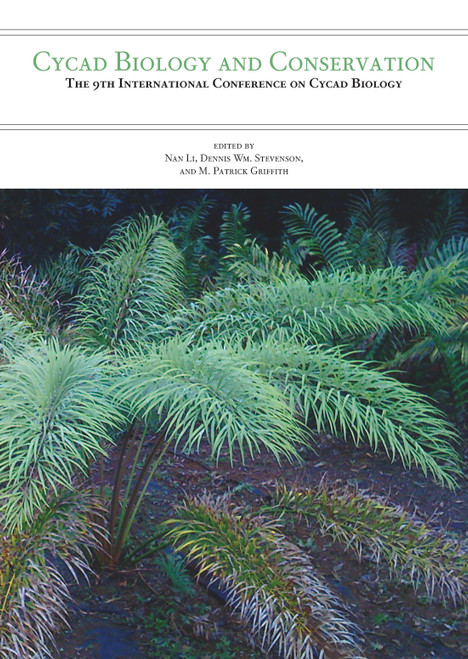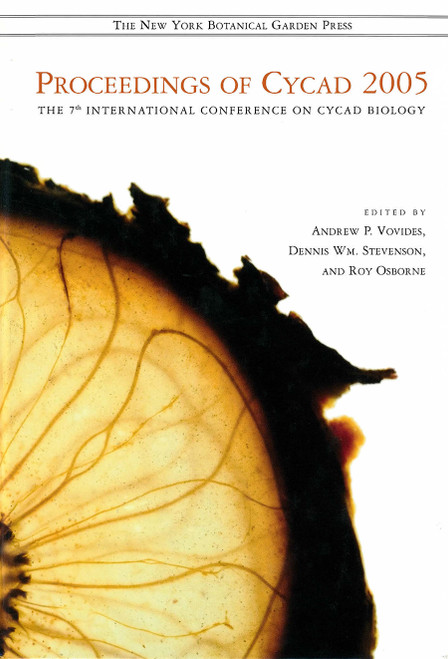This purchase only includes chapter 34 of this title.
Abstract
During the botanical explorations of the nineteenth century there was a proliferation of cycad species descriptions from the New World by botanists and plant hunters alike, and the �rst Mexican cycad to be cultivated in Europe was Zamia furfuracea, grown in the Royal Garden at Hampton Court, England, in 1691. The early twentieth century was marked by the extensive work of Charles Chamberlain, followed by a relative vacuum up until the late 1970s, when renewed interest blossomed among various workers at home and abroad. There has since been an increase of more than 300% in the number of named species, compared with the nine or so species known in the late 1960s and early 1970s. This has placed Mexico as second worldwide in the number of cycad species, with more than 80% endemics. An outline is presented of species, distribution, vegetation types, and current basic and applied research being done on Mexican cycads. Molecular and genetic research has shown that cycad speciation in Mexico is relatively recent, and we now have a better understanding of distribution patterns of Dioon and Ceratozamia.The geographical distribution of many cycad species in Mexico appears to be correlated with floristic refugia of the Cenozoic. As a result of this research, as well as of demographic and ecological studies on some species, projects aimed at sustainable management have been implemented and follow-up studies in cultivation improvement are underway.












